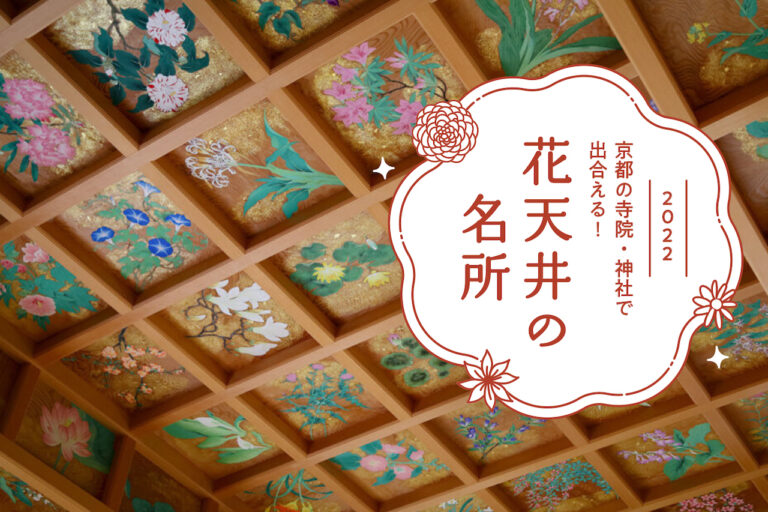
Meet at Temples and Shrines in Kyoto! 10 Places to Visit for Flower Ceilings
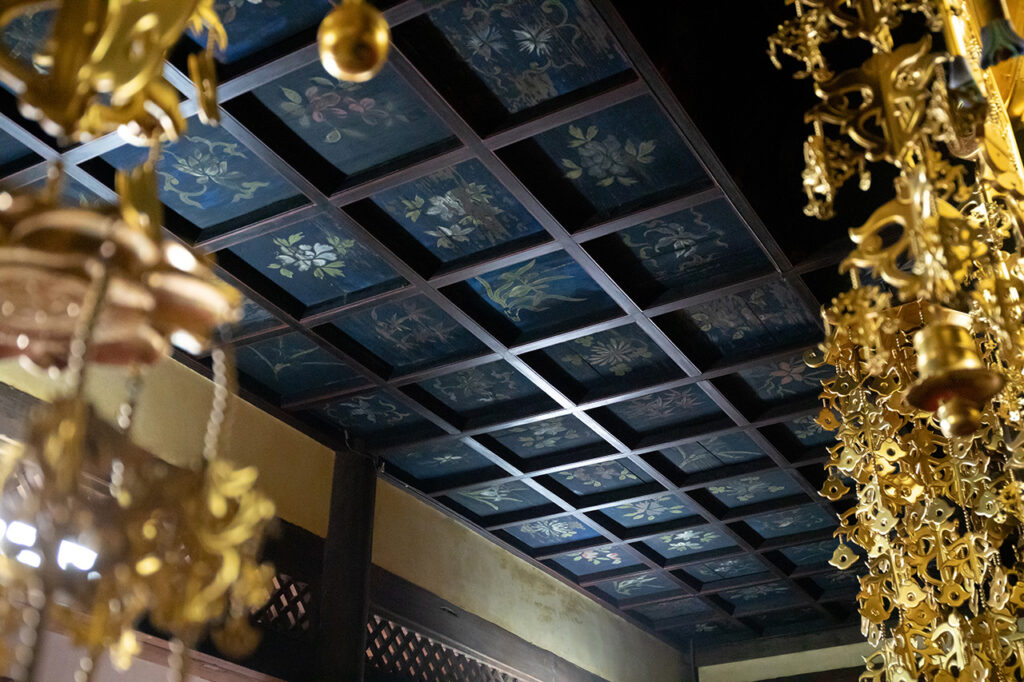

The head temple of the Shinmon school of the Lotus Sect, located in Nishijin, was founded by Priest Nisshin in 1488. It is also known as the "temple that did not burn down" because the main hall and the ancestral hall were not destroyed by fire during the two major fires of the Edo period (1603-1868). In the inner sanctuary of the Soshidō Hall, more than 150 mirrored panels in the coffered ceiling are painted with various plants, with the background in a deep blue color. The background is characterized by a deep blue.
The head temple of the Shinmon school of the Lotus Sect, standing in the old streets of Nishijin. It was founded by Priest Nisshin in 1488. It is also known as "the temple that did not burn down" because the main hall and ancestral hall escaped destruction in two major fires during the Edo period. The main hall, an important cultural property, was built in Meireki 3 (1657) and is the oldest of the 16 head temples of Nichiren Buddhism in Kyoto. In the inner sanctuary of the Soshidō Hall, which is said to have been built slightly later than the main hall, more than 150 mirrored panels in the coffered ceiling are decorated with various plants. The background is a deep blue, and although the colors have faded, remnants of the vivid colors can still be seen in some places. The main hall is currently undergoing restoration, which is scheduled to be completed next year.
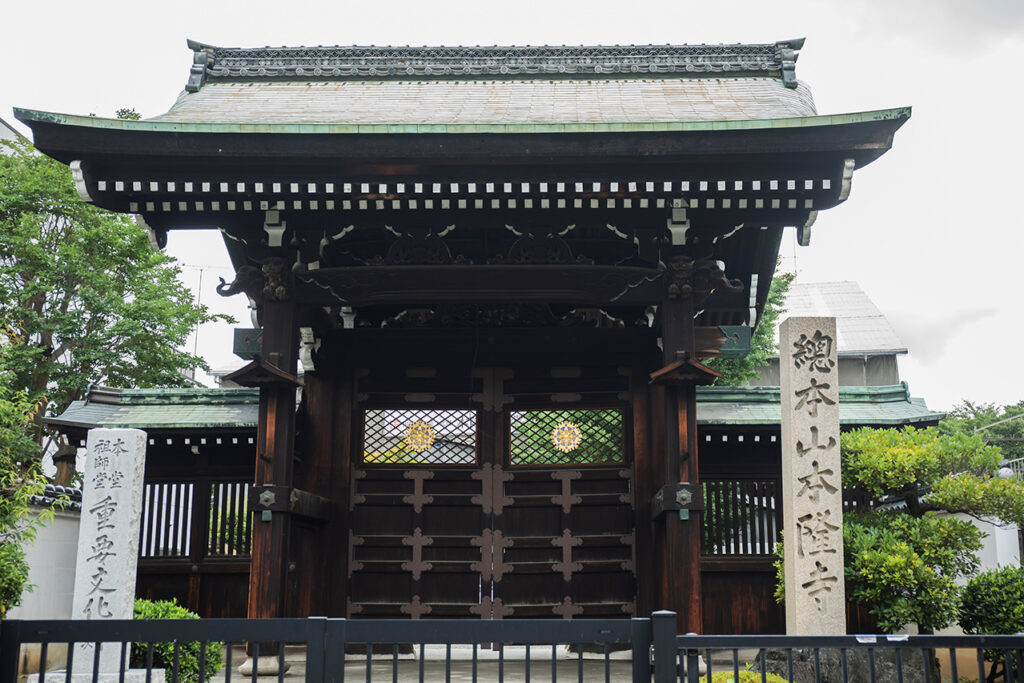

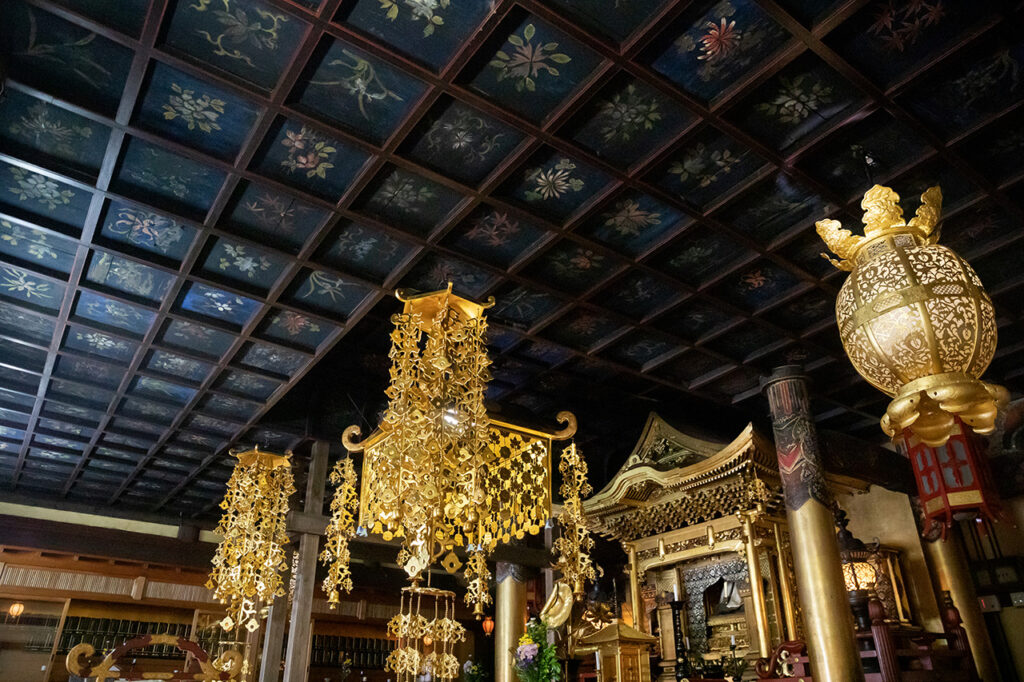
More than 150 mirrored panels with a blue background. The artist and date of production are unknown, but the work is believed to be from the Edo period. Note the black-lacquered kakurin (rim) of the coffered ceiling.

The Soshidō Hall, an Important Cultural Property, is the oldest of the sixteen head temples in Kyoto and is a valuable example of the old style of Soshidō architecture. The juxtaposition of the main hall and the ancestral hall is a typical arrangement of Nichiren Shoshu temples, and is highly valuable as a representation of the early to mid-Edo period. Restoration is scheduled to begin in the summer of 2023, following the restoration of the main hall.
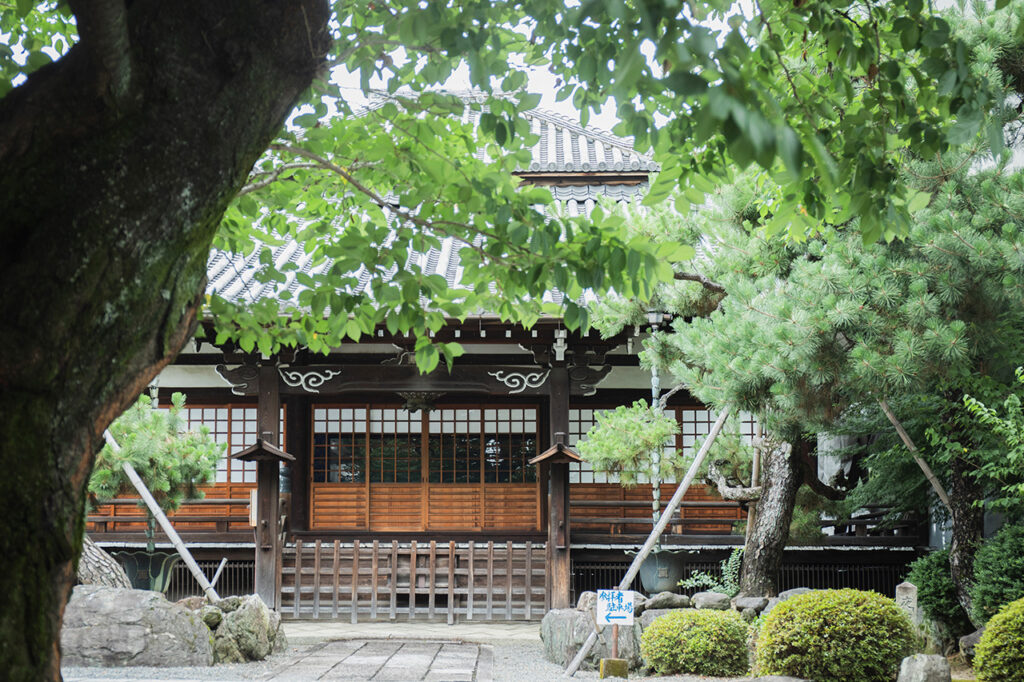

In front of the ancestral hall stands a "pine tree that stops crying at night," which bears the legend of the fifth Nichidai Shonin, and it is said that if you walk around the pine tree, your baby will stop crying at night. It is also said that placing a leaf or bark of the pine tree under a child's pillow will also cure nighttime crying.
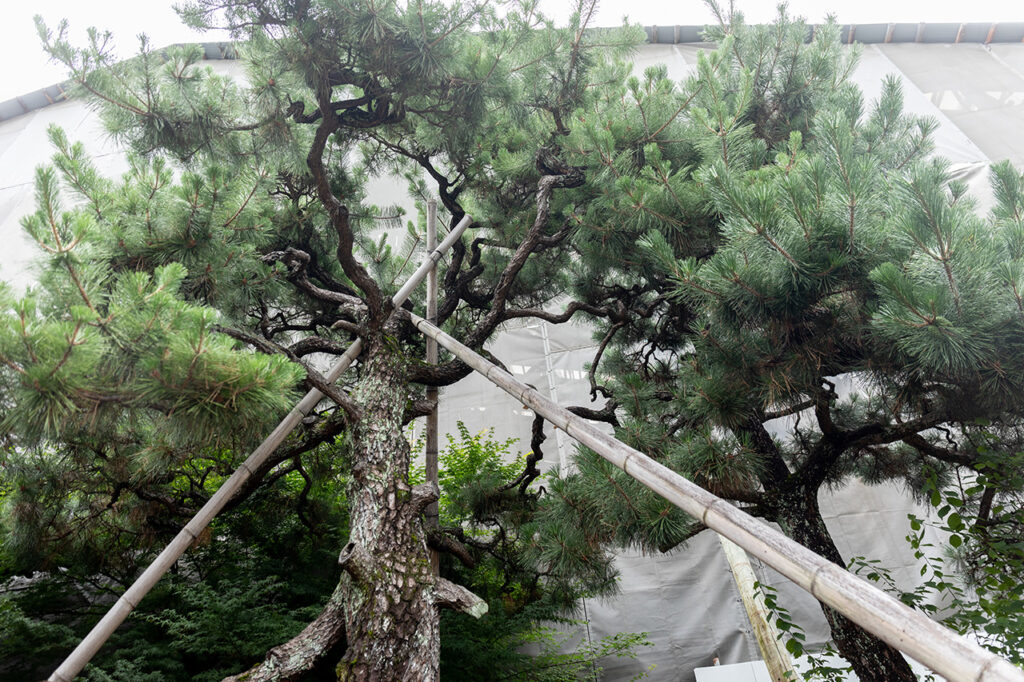

A fire prevention talisman given to worshippers who make a donation. It depicts Kishimojin, who appeared in human form at the time of the Great Fire of Tenmei and protected the main hall and other buildings by drawing water from a well. It is best pasted in the kitchen or on the front door for blessings.
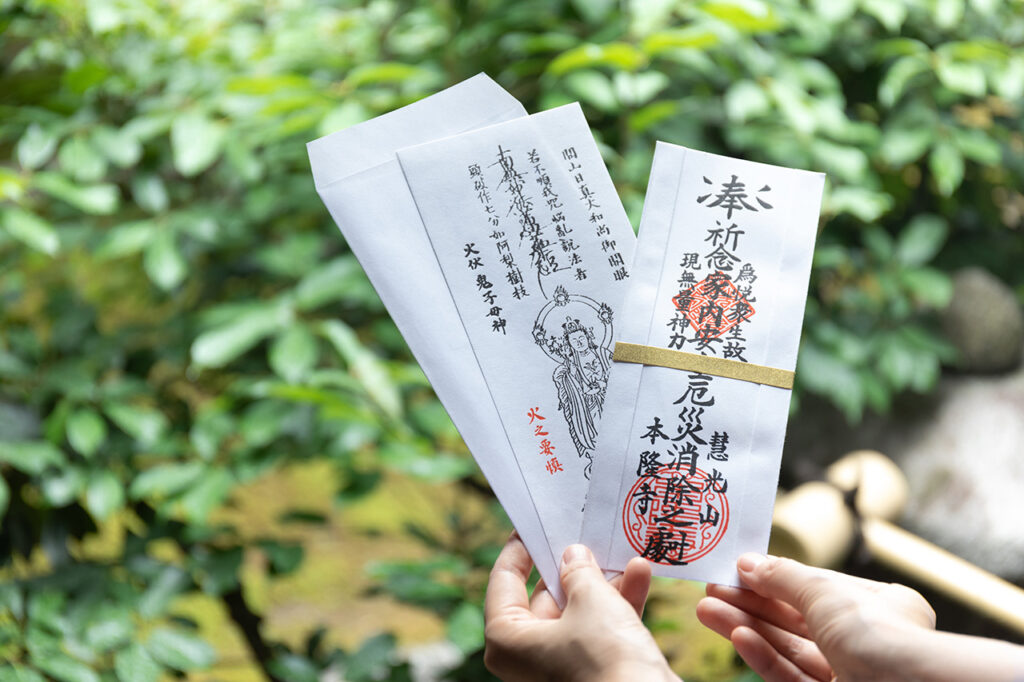

A giant Takao maple tree stretches out its branches northeast of the main hall. It is designated as a preserved tree by Kyoto City, and its leaves are smaller than those of most Japanese maples, making it a spectacular sight to behold as it turns brilliant red in late November or early December.
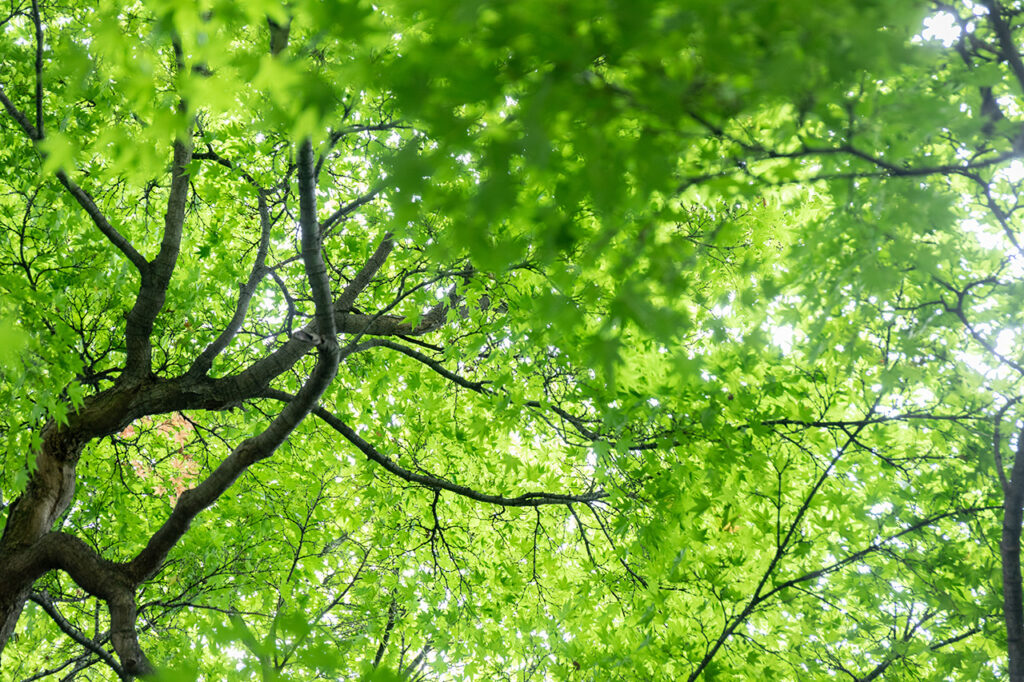

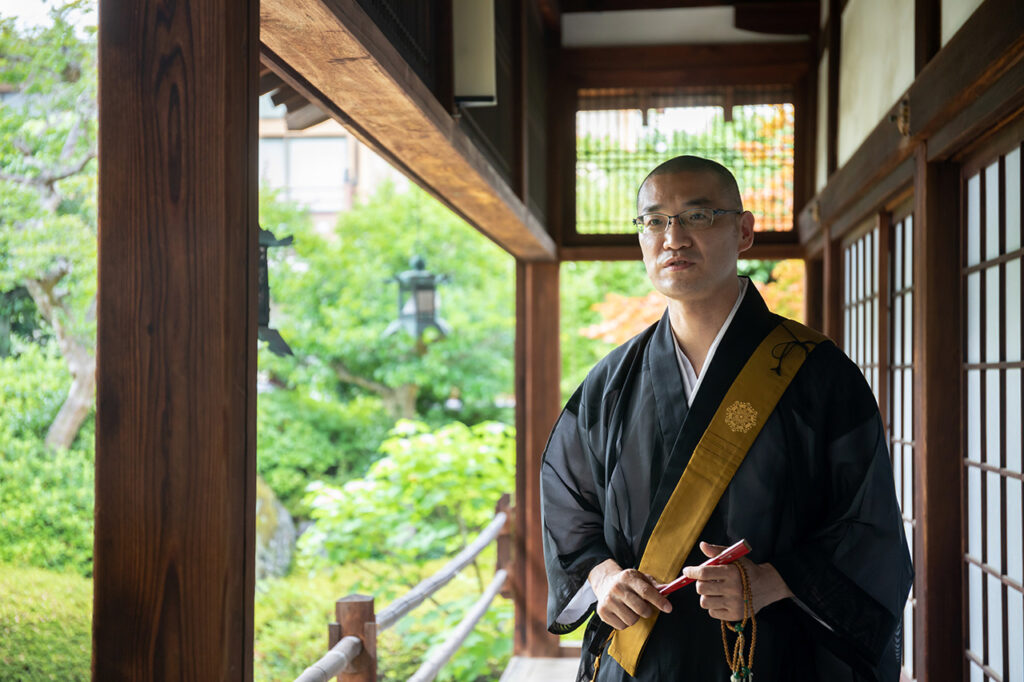

Over 600 interviews per year! An order site carefully selected by the editors who knows Kyoto and Shiga.
nowOfficial LINE friend registration500 yen OFF coupon is being issued!
Distributed every Friday morning at 8:00 am! From new restaurant information to event information that we want to share with you, We deliver articles about Kyoto that are useful to know. About 20,000 people have registered.Click here to add a friend!
 News
News Feature article
Feature article Featured event
Featured event